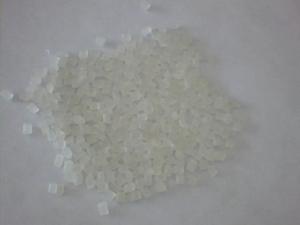
PE recycled material
catalog
-
1. Classification of PE recycled materials -
2. Common application of PE recycled material -
3. Development history of PE recycled materials -
4. Business opportunities of PE recycled materials -
5. PE recycled material brand -
6. PE recycled material news -
7. PE recycled material enterprise -
8. Quotation of PE recycled materials -
9. PE recycled material atlas
1. Classification of PE recycled materials
2. Common application of PE recycled material
3. Development history of PE recycled materials
4. Business opportunities of PE recycled materials
5. PE recycled material brand
6. PE recycled material news
-
How to choose PVC drainage board and PE drainage board? If there is no rigid requirement for the material, how to choose PVC drainage board and PE drainage board? Let's analyze the difference between the two drainage board materials. One is PVC, the other is PVC [Detailed] -
ride the wind and cleave the waves! Pengxiang Recycled Stone Signed and Settled in China Ceramics Headquarters On the morning of May 6, 2020, the signing ceremony of Pengxiang recycled stone entering the headquarters of China Ceramics was held in the conference room on the third floor of China Ceramics Theater. Ms. Tang Jieming, General Manager of China Ceramics Headquarters; Fujian Pengxiang [Detailed]
7. PE recycled material enterprise
-
Jingdezhen Longchang Renewable Resources Utilization Co., Ltd Jingdezhen, Jiangxi Main products: silicate kaolin composite board, smoke control and exhaust duct coating -
Guangzhou Haoyuan Renewable Resources Recycling Co., Ltd Guangzhou, Guangdong Main business: Foshan document destruction, Foshan file destruction, Foshan hard disk destruction -
Qingdao Sihai Longxiang Renewable Resources Co., Ltd Qingdao, Shandong Main products: second-hand steel, second-hand aluminum -
Hebei Haomei Renewable Resources Co., Ltd Langfang, Hebei Main products: thermal insulation materials, chemical materials -
Macheng Leijin Renewable Resources Co., Ltd Huanggang, Hubei Main products: construction lime, yellow sand, gravel, landscape stone -
Guangzhou Tianren Renewable Resources Recycling Co., Ltd Guangzhou, Guangdong Main business: document destruction, hard disk destruction, food destruction, product destruction
8. Quotation of PE recycled materials
9. PE recycled material atlas
Related information
-
From enabling customization to opening up the industrial supply chain, what does Zhijia Zhijia rely on to make the home furnishing industry grow again? -
Global zui big PE investment giant KKR takes over Lex Lighting and returns to A-share market to fight again -
Renewable energy "steel demand" will be renewed in 2019 -
Kangtai plastic PE-RT geothermal heating pipeline, with which to live a warm year -
From Original Material Processing to Recycling, Nanfang Road Machinery Co., Ltd. Released New Products -
China Energy Engineering Gezhouba Group signed a strategic cooperation agreement with Jiangsu Huangpu Renewable Resources Utilization Co., Ltd